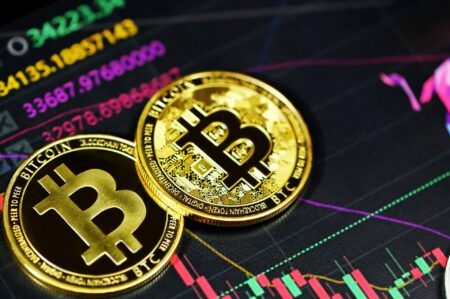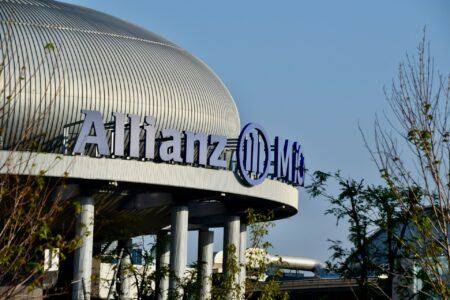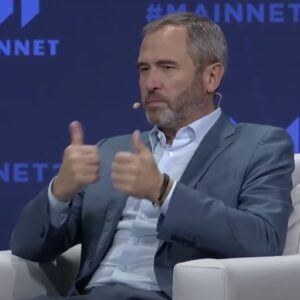The Central Bank of Russia (CBR) is reportedly looking into a proposal to create a gold-backed cryptocurrency, that the nation could in the future use on cross-border settlements with other nations, and bring back the gold standard.
As CryptoGlobe covered, Russian State Duma member Vladimir Gutenev initially proposed a gold-backed cryptocurrency for the country in August of last year, and discussion on it has since ensued. Elvira Nabiullina, the head of the CBR, commented on Gutenev’s proposal recently, stating:
As for mutual settlements, we will consider, of course, a proposal on a cryptocurrency that is tied to gold. But, in my opinion, it is more important to develop settlements in national currencies.
Gutenev’s proposal would see the country back its cryptocurrency with the precious metal as he believes most cryptocurrencies aren’t secure because they “aren’t backed by anything.” If the crypto’s value is tied to a real asset, then its price will remain relatively stable.
Nabiullina, RT reports, added that the CBR is “in principle” opposed to the introduction of cryptocurrencies in Russia’s monetary system, as it doesn’t see them “fulfill the function of monetary surrogates.”
She added, however, the regulator could look into launching stablecoins while there’s a real asset behind them – a condition that applies to Gutenev’s proposed gold-backed cryptocurrency. Per the CBR official, Russia’s gold and foreign exchange reverses are et to soon top $500 billion.
RT reports the country’s strategy is to have reserves to “tackle crisis-like episodes,” and that boosting gold reserves helps the country reduce its reliance on the U.S. dollar. In May, Russia’s central bank reported gold holdings of nearly $492 billion.
The World Gold Council reportedly revealed last month the country was among the top global purchasers of gold in the first quarter of this year, adding 55.3 tons of the precious metal to its vaults.
It’s worth noting that Iran has launched a gold-backed cryptocurrency, called “PayMon.”While details about it are scarce, reports suggest it’s based on the XLM blockchain, and will be traded in “special exchange offices.”








